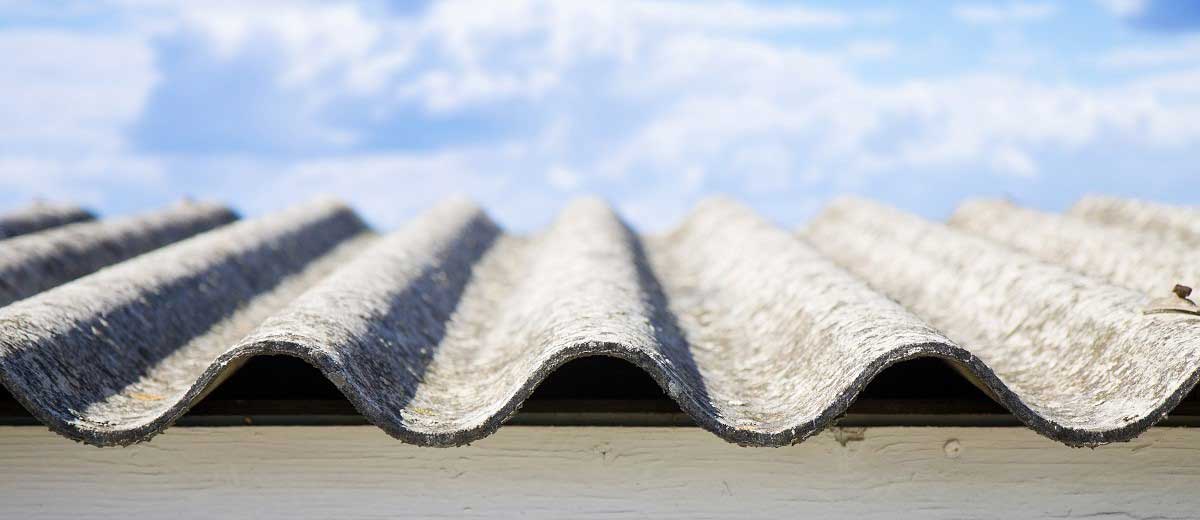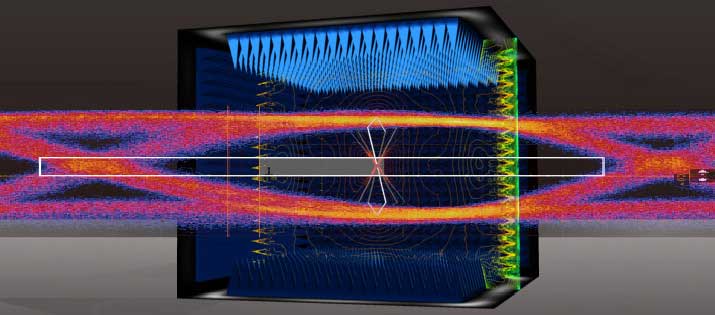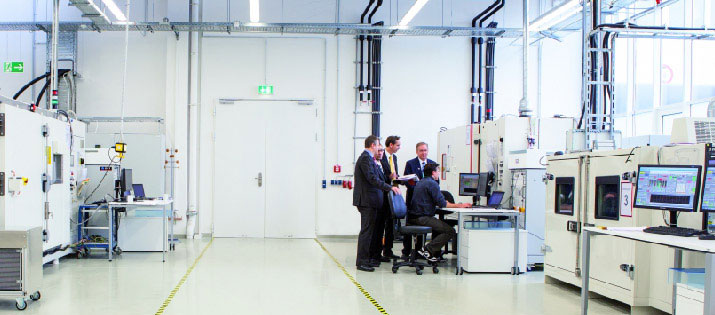ASBESTOS IDENTIFICATION

Asbestos discharges no smell and low chemically activity. It will not evaporate, dissolve, burn, or react with other chemicals. It is non-flammable, non-conductive, and has excellent chemical resistance.
Asbestos Applications:
- Brakes and clutch linings
- Thermal insulation materials for fire blankets
- Fireproof materials
- Forging or welding blankets
- Bricks
- Boards of switch boxes
- Cement products for building
- Roof-covering materials
Asbestos Hazards:
Tissues which is like scars will gradually form on the lungs and diaphragm after inhaling asbestos. It will prevent breathing, reduce blood flow to the lungs, and cause the heart enlarged. It might cause other diseases, such as asbestosis (pulmonary fibrosis), pleural plaques, thickening of the pleura, and pleural effusion as exposing to asbestos. The World Health Organization confirms that asbestos is a kind of carcinogenic matters, such as causing lung cancer and mesothelioma (a rare cancer on the lining of the chest and abdomen).
Asbestos Types:
- Actinolite (CAS No. : 77536-66-4)
- Amosite (CAS No. : 12172-73-5)
- Anthophyllite (CAS No. : 77536-67-5)
- Chrysotile (CAS No. : 12001-29-5)
- Crocidolite (CAS No. : 12001-28-4)
- Ttremolite (CAS No. : 77536-68-6)
Instruments:
- SM (Stereo Microscope)
- DS-PLM (Disperse Dyeing – Polarized Light Microscope)
- XRD (X-ray diffraction)
Concentration Range of Analysis:
<0.1%~100%
Qualitative Analysis:
Asbestos identification criteria are based on that the detection of asbestos fibers as “Positive”, and the non-detection of asbestos fibers as “Negative”.


























